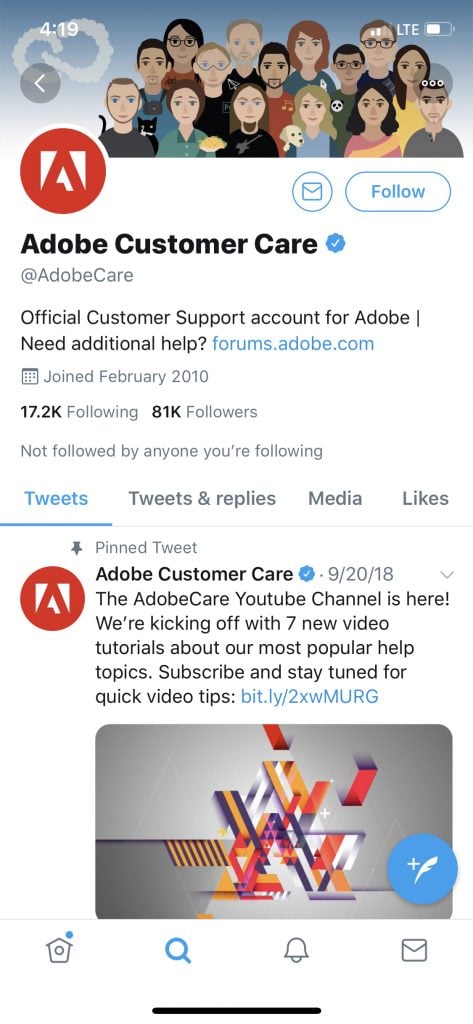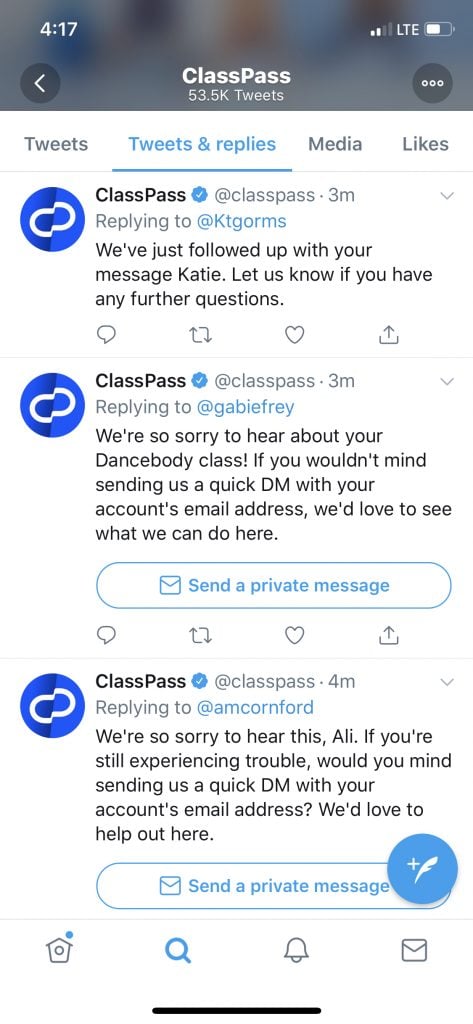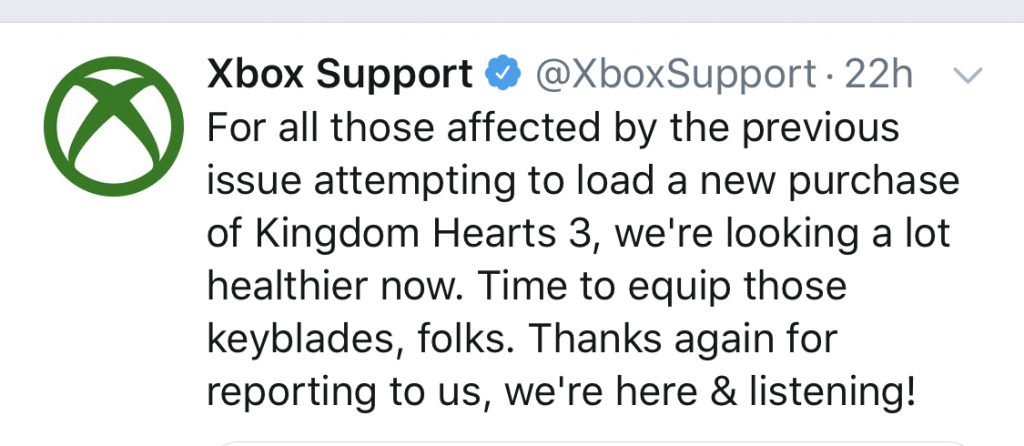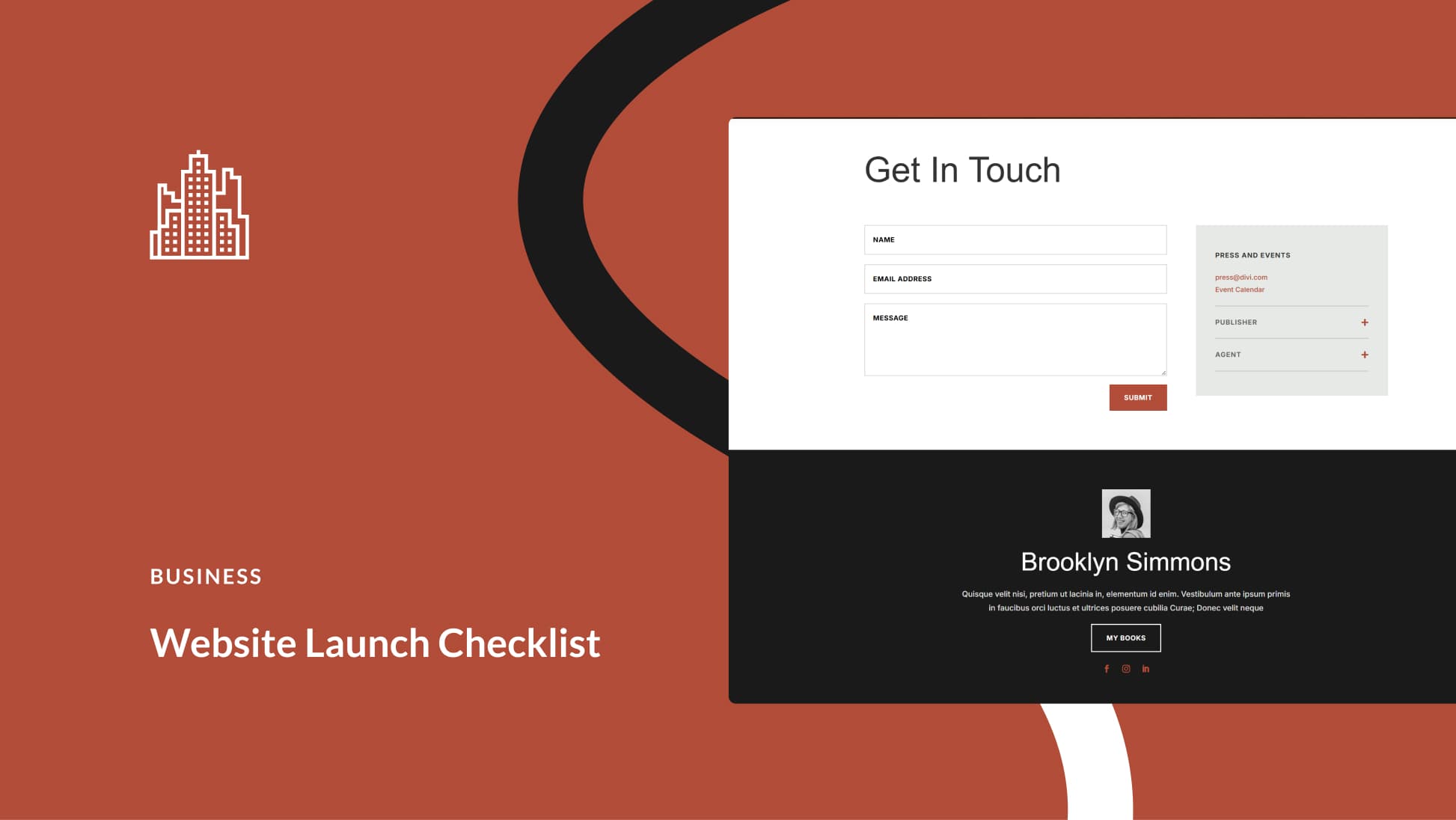Three hours. That’s how long I sat in the empty waiting area at Firestone for an oil change I had scheduled in advance. The guy who had checked me in was right there the whole time, so I knew he saw me. I could not imagine that they forgot about my car. Until another guy walked in, chewing a sandwich. “Uhh, what Altima?” Yeah. Mine.
Fast forward: I sent an email and the owner called me personally. He said, “I know all about what happened. I’m so sorry. I’ve put a gift card for $100 in the mail. Is there anything else I can do?” I’ve been to that same Firestone several times since.
Companies mess up. Oil changes sometimes inexplicably take three hours. Bad customer service experiences leave a lasting impression, but if you can pad that memory with, “Well, they did fix it…” you’ve done the best you can with a crummy situation. Your customers will remember the service they received more than anything else.
Gathering and Confronting Customer Complaints
Monitor all of it.
You have to monitor any avenue where your audience may be talking, regardless of whether you have a profile set up or not. Your customers could be discussing your brand on Twitter whether or not you have an account.
When it comes to the platforms you are on – or the ones you need to get on – setting up a dedicated support channel can silo must-deal-with messages. You won’t have to carefully watch your regular feed and risk missing a complaint buried under chatter.

One more thing: unless public image is the only thing you care about and you’re unconcerned with keeping the customer or influencing the word-of-mouth they spread, you have to act the same during a private conversation as you would during a public one. I’ve caught the eye of brands once I post something on their Facebook page, but that’s not caring customer service, that’s damage control.
Don’t let grievances linger.
Since the most frustrated customers have to be answered ASAP, set up a separate folder in your support queue to filter those high-priority messages. Team members can jump in to help out those customers before the issue escalates. Look how quickly ClassPass responded to upset customers on Twitter:

Know what the complaint is not.
Being the person who has to deal head-on with an irate customer is kind of like being a parent. Your kid may kick and scream and act unreasonably, but you have to still act like the adult you are, even if you’re kicking and screaming on the inside. Before you get worked up, remember what customer complaints are not:
- Deep insight into your business. According to Phil Libin, co-founder of Evernote, “Customer feedback is great for telling you what you did wrong. It’s terrible at telling you what you should do next.”
- A fight to the end. Who is right or wrong isn’t the point – your customer is unhappy and you have to look for a way to make it right, whatever “it” is.
- Stipulations that you have to follow no matter what. You should find some way to resolve the issue, but it doesn’t have to be their way.
Don’t be too casual. Or too professional. Or too pathetic.
Balance conversational speak with professionalism. Overt sincerity swings the other way to insincere. You have to be accommodating and respectful, but you don’t have to be a puppy dog. This isn’t the customer’s world, this is the real world and you can both be treated like human beings while working out a problem. Keeping a customer but losing their respect or setting up a dynamic where they bully you to get what they want isn’t so great for business either.
Solving the Problem
Apologize.
“I’m sorry.” That’s all. Just apologize. Apologize if you don’t want to or if the customer is way more wrong than you. This is business and sometimes you have to do the “right” thing even when it’s, you know, the wrong thing.
P.S. These statements are not apologies:
- I’m sorry you’re upset.
- I’m sorry that you’re having this problem.
- I apologize for the inconvenience.
These statements are passive-aggressive and infuriating. All I can think is, “Yeah, thanks, you caused this problem. I don’t wanna hear it.” And since you don’t want to get into, “Yeah, I know, our system’s the worst, we’re trying to fix it, you’re totally right…” just say those two little magic words.
Unearth the real problem.
Emotion-charged customer complaints are red herrings – there’s a problem buried under all that noise. What’s the real issue? Sometimes saying, “What can I do to help?” is all it takes to figure out the solution the customer is after, which will clue you into the deep down issue they’re having. If that doesn’t help, give Socratic questioning a try – it’s a way of asking probing questions that get to the heart of a problem.
Solve the issue where it lives.
Wherever your customers are complaining, solve the problem there. Don’t transfer a calling customer to three different agents or tell someone on Facebook chat to send you an email. Start and finish troubleshooting as swiftly as possible and in the same location.
A lot of this relies on how empowered your customer service agents are. If they’re not allowed to make decisions – offering a freebie, granting an extended trial period, giving a full refund – the entire problem-solving process slows down.
Be transparent when you’re mid-troubleshooting.
Some problems are going to be more difficult than others to solve. As you’re working it out, you’re going to keep getting customer complaints. Create a landing page or email template that explains what’s happening, what you’re doing and when you expect to have a solution, then update it as the situation progresses.
Don’t be so transparent that you provide premature updates, though. Did any of you have MoviePass? They gave daily updates about how the company was going down in flames, which resulted in changes to terms that stopped before they’d gotten off the ground, refund promises that never happened…it was a mess. Their customers knew there were fundamental problems, but itemizing those problems and the solutions-that-never-were was more off-putting than the service not working.
Follow up.
The follow-up is essential whether you spoke to the customer on the phone or through another channel. As much as possible, you want to ensure that the issue was dealt with and the customer is satisfied. “What else can I do for you?” is a nice way to ask, “Are we done here?” and to keep the door open in case they’re still not thrilled with the outcome.
Look how Xbox Support handled a problem customers were having:

They didn’t just pop into Twitter to see what upset customers and then disappear after fixing it, letting everyone find out on their own. They sent an update, thanked their customers and reminded them that they’re listening.
Give up.
When you’ve done everything you know to do and the customer is still not pacified, it’s time to move on. Stay friendly and professional, but finish the conversation. Similarly, if the customer asks to cancel their account, don’t try to persuade them to reconsider. That’s a surefire way to get rid of them forever instead of temporarily.

Self-reflect to determine if the customer had a point.
Loudness does not equal rightness and quietness does not equal wrongness. Volume doesn’t determine how accurate a complaint is. You’re looking for this: recurrences of the same problem. When multiple customers are telling you that they’re having the same issue, it’s a red flag. Here’s how to conduct a complaint analysis (I’m assuming that you have a system for cataloging feedback, but if you don’t…do that):
- How many times has this complaint come up with this customer?
- How often has this complaint come up with other customers?
- How frequently does this happen?
- Is there a pattern? For example, does it always happen during the same time of year or does it go through the same communication channel? If you get the same customer complaints through Twitter but never on your website’s live chat, there may be something up with your mobile app.
You don’t have to solve every problem right now. Small changes matter – even a small improvement to the customer experience can increase your average revenue.
Last Thoughts
Businesses need their customers more than customers need that business. The angry customer will move on and find another place to get their oil changed, pay full price for a movie ticket, unfollow you on Instagram and never think of you again (other than to tell their friends about that terrible, horrible, no good, very bad experience).
Your business will be the last to suffer – without loyal customers and with negative social proof flying around out there, your profits can dwindle (by $62 billion, apparently) and your doors can close.
Now that you’re on the keeping-your-customers-happy bus, check out this article about the right way to use social media buttons on your website.









Hi,
Good information, great post, it helps me alot so please keep updating..
Thank you..
More irony that I can bear in this post. Have you looked at FB recently?
Wow.
Well, the people writing the articles here aren’t the same people that are providing customer support.
I personally think that this is one of the finer articles on this blog. 🙂
It is so important to self reflect when you have had negative feedback rather than just dismissing it. So hard to do this if you are emotionally involved but I agree with you, it really does create an opportunity for growth
Definitely! Depending on the type of business you’re in, I think doing nothing for a little while is the best – waiting an hour to reply to an upsetting email means you can cool down and think things through first.
Genius write-up. Thanks for sharing ??
Thanks Jim!